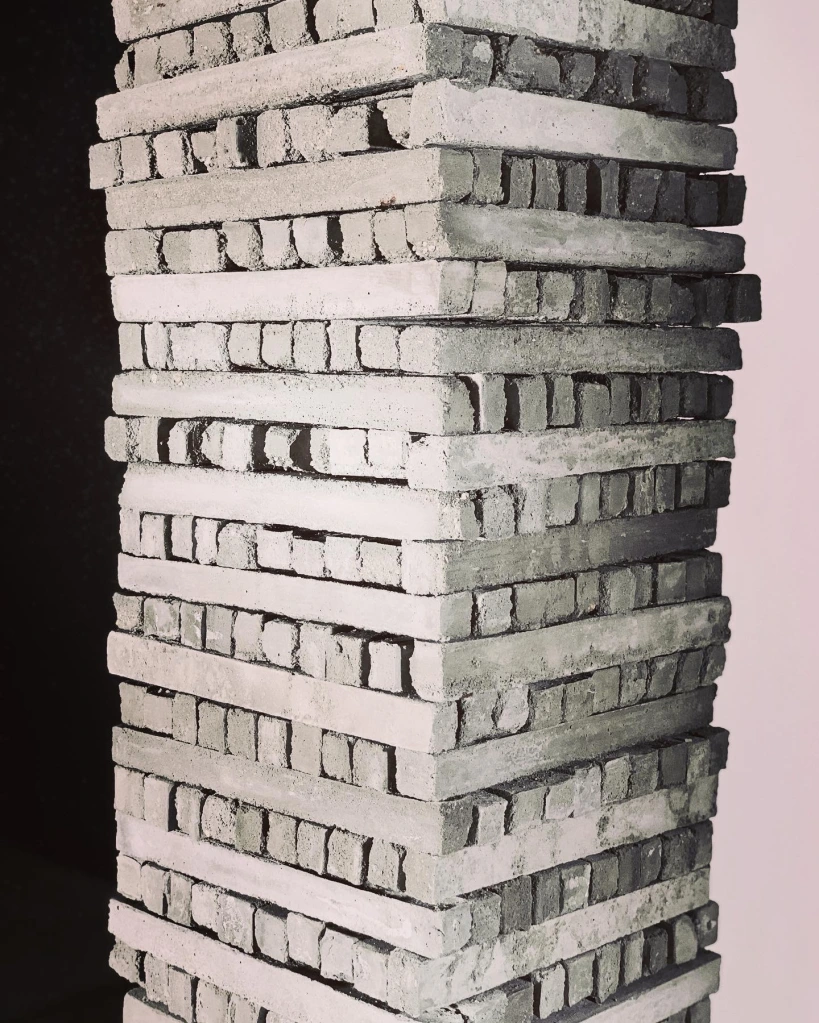

stevenluuart
Hello! I am a sculptor and work with concrete and epoxy resin
My artwork is a vessel for my healing. During my childhood, unlike many other kids with beautiful and happy memories, I endured hardship, poverty under Communism, and the unforgiving sea during our escape from Vietnam. I was less than eight years old when I had to help push corpses of starved people off the boat to prevent contamination. And the theme of death continued traveling with me beyond my childhood. As a U.S. military medic, I provided lifesaving to fallen comrades and enemies in dangerous situations. All these tragic encounters made me struggle to understand why I am constantly surrounded by the theme of death. The materials I used for my artworks include everyday objects that accompanied me while serving in the military and include industrial materials like concrete, and epoxy resin. Both resin and concrete start as either liquid or dry composite material that must be mixed to activate and transform into a rigid substance that forms an object. My artwork is aligned with geometric shapes that are fundamental to me because they give me a sense of order. The organized shapes allow me to resolve the stress and chaos of my trauma. The process of making art becomes the ritual of healing for me.
The wounds of combat have had a profound impact on Steven Luu. Born in Saigon, Vietnam, he is a survivor of the Communist depression, escaping to freedom on a small boat. After completing high school in 1995, he enlisted in the U.S. Air Force and served for 20 years as a combat medic. During his numerous deployments in the Middle East, he witnessed many violent deaths, and those experiences have had a profound psychological impact on him. He was first introduced to art by the intensive treatment program provided by Walter Reed National Military Medical Center. Steven recognizes that art allows him to present his feelings comfortably and focuses on expressing traumatic experiences creatively and non-verbally. As someone with a background in the medical field and a wounded veteran himself, he relates deeply to many service members that return home suffering from the aftereffects of deployment, such as feeling guilty or isolated. He creates his art both to help and communicate with others, focusing on mental health-related matters. Through the years, he has earned a BA in Theology and BFA with a concentration in sculpture. He has participated in several studies with Wright State University and the American Occupational Therapy Association researching how artwork has evolved and how it has helped veterans recover from post-traumatic stress disorder. As an artist, he is an advocate for veterans. When the opportunity arises, he guides and encourages many fellow wounded veterans to find a new language to express their pain and emotions – the language of art. Steven is well known for producing serialized artwork; he believes the repetition method helps dedramatize his past and is a form of discipline to understand the materials.